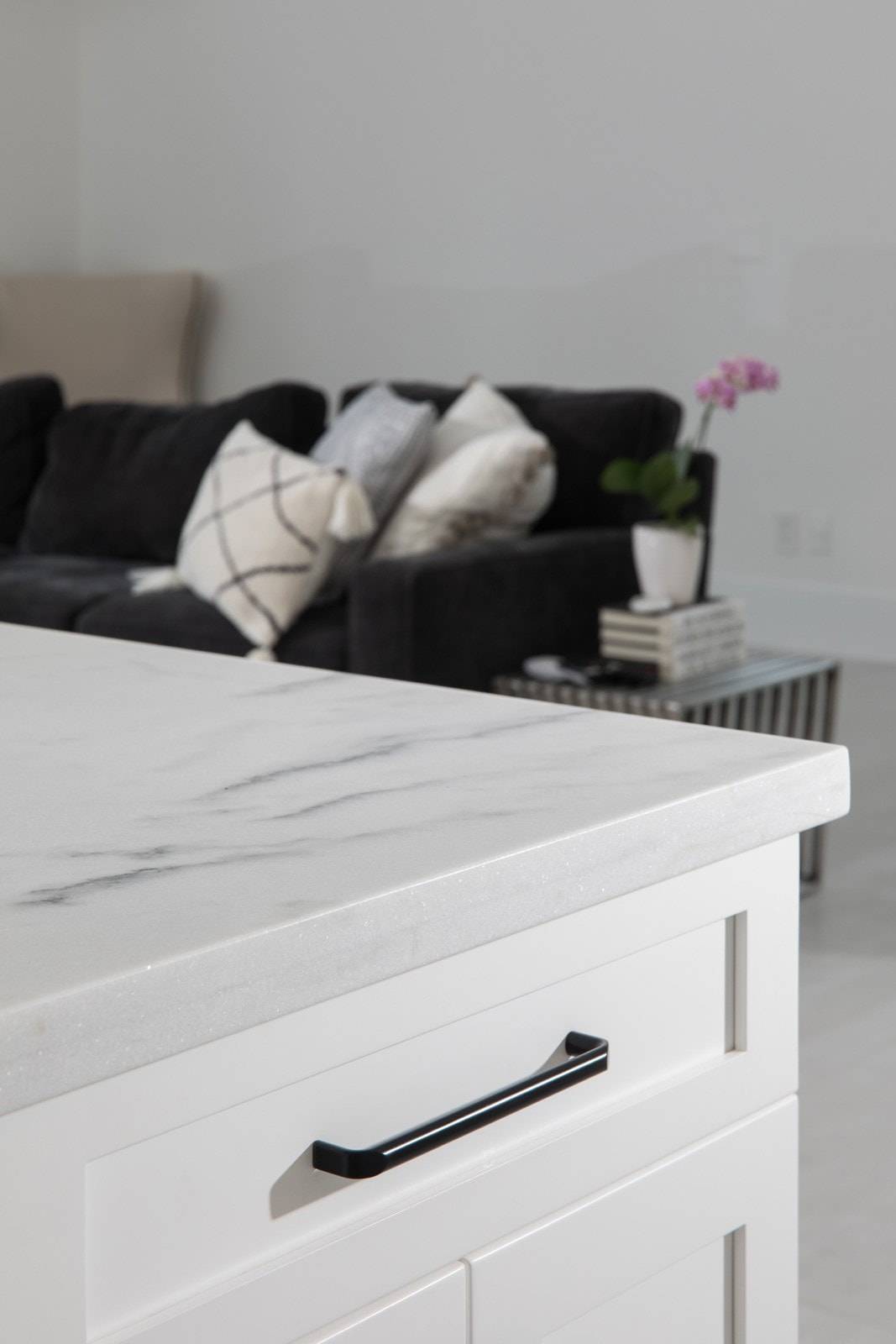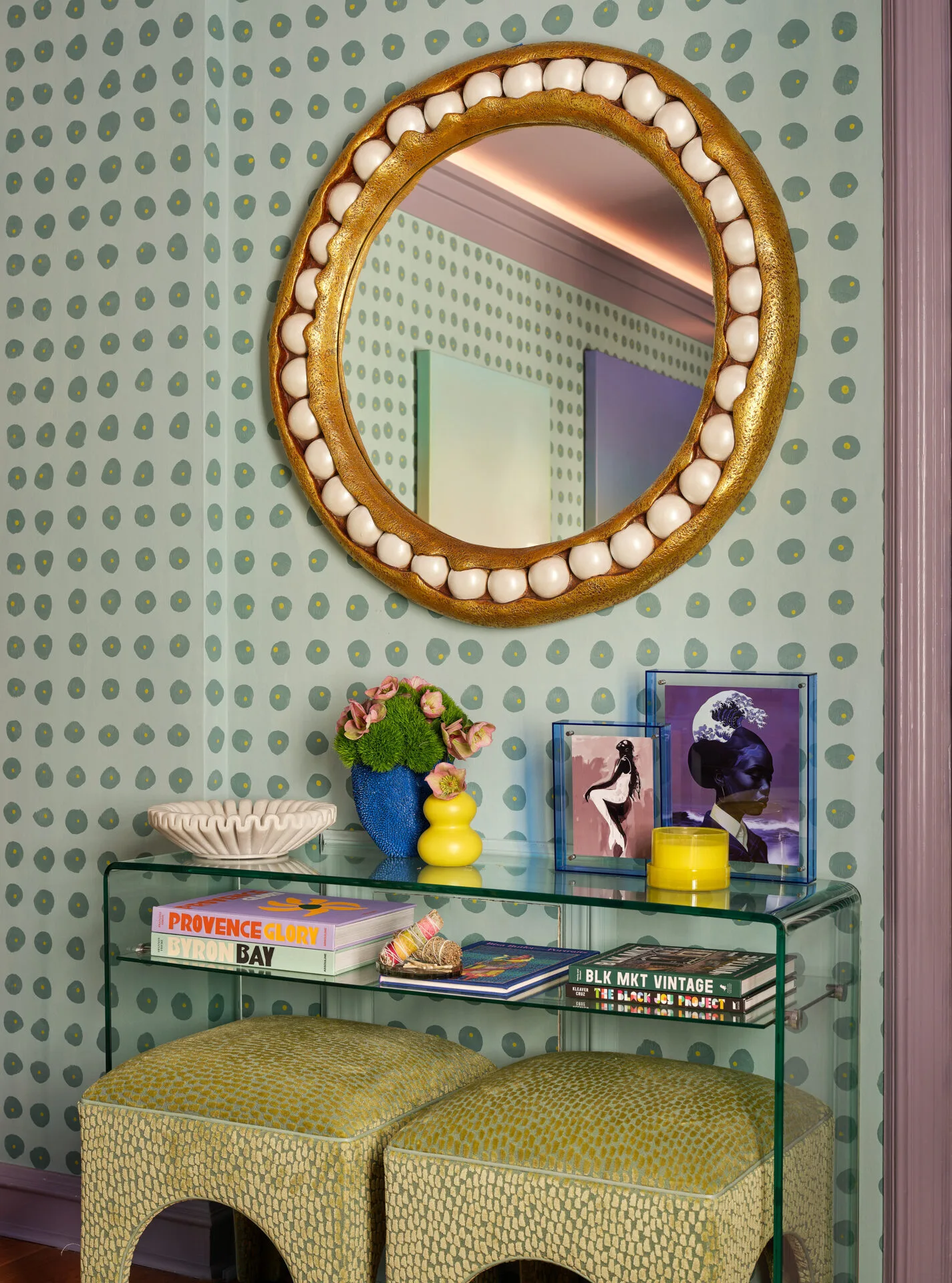
What is Dolomite?
Did you know that one of the most popular natural stone surfaces for kitchen countertops in the US is a dolomite called Fantasy Brown? On todayʼs post we would like to shine some light on this beautiful stone and zoom in on its many advantages.

History of Dolomite
Dolomite is a sedimentary stone, which means it was formed on the surface of the earth, as opposed to granite, for example, which is formed in magma chambers under the earthʼs surface. It can be found in abundance all over the world (as is the case in the Dolomite Alps in Italy) in sedimentary basins —which are warm, shallow, marine areas where calcium carbonate mud accumulates in the form of shell debris, fecal material, coral fragments, and carbonate precipitates.
Up until that point, it undergoes the same formation as limestone, but to become dolomite, the calcite in carbonate mud must be modified by magnesium-rich groundwater, facilitating the conversion of calcite into dolomite, volume for volume. This chemical process is known as dolomitization.
The dolomite mineral grains often show distinct faces, are of more or less uniform size throughout, and are larger than the calcite crystals in the limestone.
Up until that point, it undergoes the same formation as limestone, but to become dolomite, the calcite in carbonate mud must be modified by magnesium-rich groundwater, facilitating the conversion of calcite into dolomite, volume for volume. This chemical process is known as dolomitization.
The dolomite mineral grains often show distinct faces, are of more or less uniform size throughout, and are larger than the calcite crystals in the limestone.

Properties of Dolomite
Dolomite matches the exquisite look of marble while being harder, making it a popular stone for countertops. The somber pastel colors make it an elegant solution for a kitchen, bathroom, or an accent wall.

Dolomite Care
Daily
Dolomite, like other natural stones, should be cleaned with mild soaps or special stone cleaners. Usually, just wiping off the dirt with a wet sponge is sufficient for daily maintenance.
You can prevent stains caused by red wine or oils by establishing a few good practices, such as using cutting boards, coasters, and wiping off spills right away. Acidic liquids like citrus fruits, vinegars, and tomatoes can etch the dolomite when left for too long, yet this is invisible on honed or leathered surfaces. In terms of performance, itʼs good to think of dolomite as a harder form of marble.
You can prevent stains caused by red wine or oils by establishing a few good practices, such as using cutting boards, coasters, and wiping off spills right away. Acidic liquids like citrus fruits, vinegars, and tomatoes can etch the dolomite when left for too long, yet this is invisible on honed or leathered surfaces. In terms of performance, itʼs good to think of dolomite as a harder form of marble.
Long term
It is recommended to seal your dolomite countertops when needed (similar to a carpet cleaning, you will notice when itʼs time). The sealer can prevent staining by penetrating and filling the pores just underneath the surface of the stone, prolonging the absorption of liquids to give you more time to wipe off the spills. However, the sealer cannot shield off etching.




